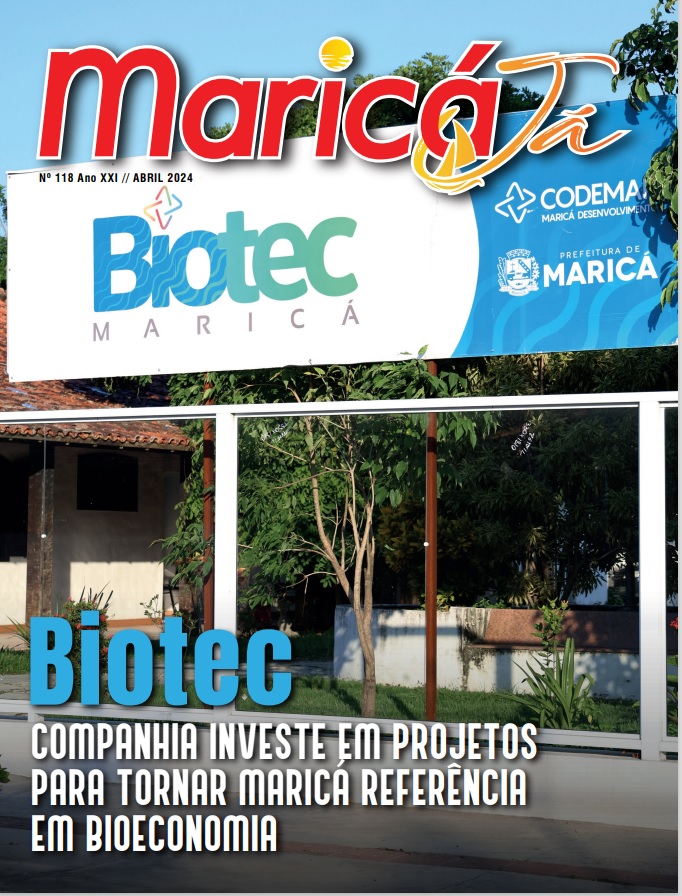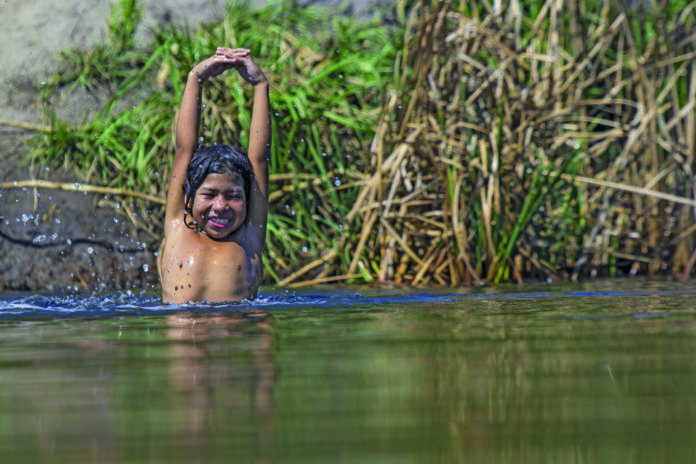Localizada em São José de Imbassaí, Maricá possui uma tribo indígena. Os índios Guarani da Aldeia Mata Verde Bonita ou Tekoa Ka’aguy Hovy Porã (em Tupi), são oriundos de uma aldeia que se estabeleceu em Camboinhas, Região Oceânica de Niterói. Lá eles se instalaram em um terreno próximo à praia onde seus antepassados utilizavam como cemitério. Porém, a presença dos indígenas em Camboinhas provocou polêmica entre os moradores do bairro, considerado área nobre, e que temiam ter seus imóveis desvalorizados com a presença de uma aldeia. Os Guarani , mantém sua cultura, inclusive com o cultivo de ervas que servem como remédio. Eles vieram de Paraty, no Sul Fluminense, e primeiro se instalaram na Praia de Camboinhas em Niterói, no mês de abril de 2008, em um terreno doado por um ambientalista, com o objetivo de preservar o local, considerado um sítio arqueológico. Em julho de 2008, um incêndio destruiu as ocas Niterói. Poucos índios estavam no local, já que a grande maioria participava de uma reunião na Fundação Nacional do Índio (Funai) ou vendiam artesanato na cidade. Assim que assumiu o governo municipal, o então prefeito Washington Quaquá, sensibilizado com a situação dos Índios da Aldeia de Niterói, os convidou para se transferirem para Maricá.
Located in São José de Imbassaí, Maricá has an indigenous tribe. The Guarani Indians of Mata Verde Bonita Village or Tekoa Ka’aguy Hovy Porã (in Tupi), come from a village that settled in Camboinhas, Oceania Region of Niterói. There they settled in a land near the beach where their ancestors used like cemetery. However, the presence of the indigenous people in Camboinhas caused controversy among the residents of the neighborhood, considered a noble area, and who feared to have their properties devalued with the presence of a village. The Guarani, maintains its culture, including with the cultivation of herbs that serve as medicine. They came from Paraty, in southern Fluminense, and fi rst settled in Camboinhas Beach in Niterói, in April 2008, on a site donated by an environmentalist, with the objective of preserving the place, considered an archaeological site. In July 2008, a fi re destroyed the Niterói hollows. Few Indians were in the place, since the great majority participated of a meeting in the National Foundation of the Indian (Funai) or sold craft s in the city. As soon as he assumed the municipal government, the then mayor Washington Quaquá, sensitized with the situation of the Indians of the Village of Niterói, invited them to transfer to Marica.




